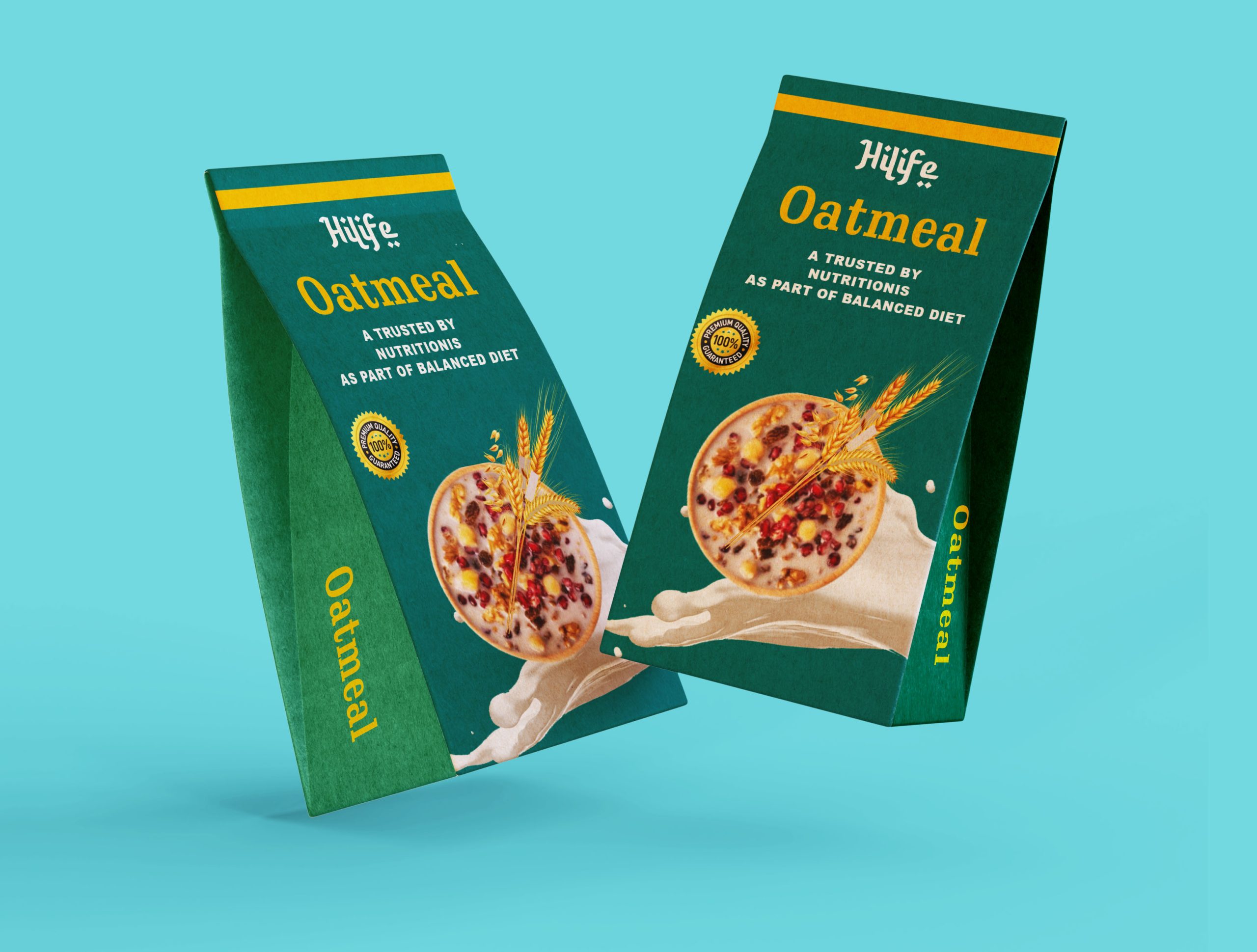The Importance of Effective Packaging Design
Packaging design is essential for capturing consumers’ attention and influencing their purchasing decisions. When designed creatively, packaging transcends its basic function as a mere container and becomes a powerful marketing tool. Here are some tips to enhance your product packaging design:
1. Keep It Simple:
– Less is More: Often, simplicity wins in packaging design. Avoid cluttering your packaging with excessive elements; a clean, uncluttered design allows your product to shine.
– Easy to Open: Ensure that your packaging is user-friendly. Consumers should be able to access the product effortlessly, without the need for special tools.
2. Utilize All Available Space:
– Interior Matters: Don’t neglect the inside of your packaging. Use every inch creatively by adding patterns or illustrations to the interior. This attention to detail elevates the overall perception of your product.
3. Embrace Simplicity:
– Earth Tones and Recycled Materials: Sometimes, simplicity speaks volumes. Using earth-toned, recycled materials conveys an eco-friendly feel. Combine this with minimalist design elements, such as feather illustrations and bright pops of color on labels, for a modern, elegant look.
4. Think About the Experience:
– Luxury Layering: Consider the entire consumer journey, especially for luxury items. Create an experience by designing packaging that includes layers or multiple compartments, making unboxing feel special and justifying a higher price point.
5. Typography Matters:
– Font Selection: Choose fonts that align with your brand identity. A playful font may suit children’s products, while sleek, minimalist fonts work well for high-end cosmetics.
– Hierarchy: Establish a clear hierarchy for text elements. Ensure that important information, like the product name and key features, stands out through the use of font size, weight, and color.
6. Color Psychology:
– Understand Color Meanings: Colors evoke emotions and associations. For example:
– Red: Passion, energy, urgency
– Blue: Trust, calmness, reliability
– Green: Nature, freshness, health
– Consistency: Maintain consistency across your brand. If your logo features specific colors, incorporate them into your packaging design.
7. Material Selection:
– Sustainability: Consumers increasingly value eco-friendly options. Consider using recycled or biodegradable materials and highlight this commitment on your packaging.
– Texture: The tactile experience is important. Matte finishes convey sophistication, while glossy surfaces feel vibrant.
8. Shape and Structure:
– Unconventional Shapes: Break away from standard rectangular boxes. Unique shapes can help your product stand out. Consider options like hexagons, triangles, or custom die-cut designs.
– Structural Integrity: Ensure your packaging protects the product during transit. Fragile items require sturdy packaging, while lightweight products can explore more delicate structures.
9. Tell a Story:
– Narrative Elements: Use visuals and text to share your brand’s story. Highlight the inspiration behind your product or its journey from concept to creation.
– User Experience: Consider how the packaging unfolds. Unboxing should be an exciting moment, so add surprises like hidden messages or interactive elements.
10. Test and Iterate:
– A/B Testing: Experiment with different designs by testing variations with focus groups or through online surveys. Gather feedback and refine your packaging based on real-world reactions.
By applying these principles, you can create packaging that resonates with consumers and distinguishes your product on the shelves.
See More….
